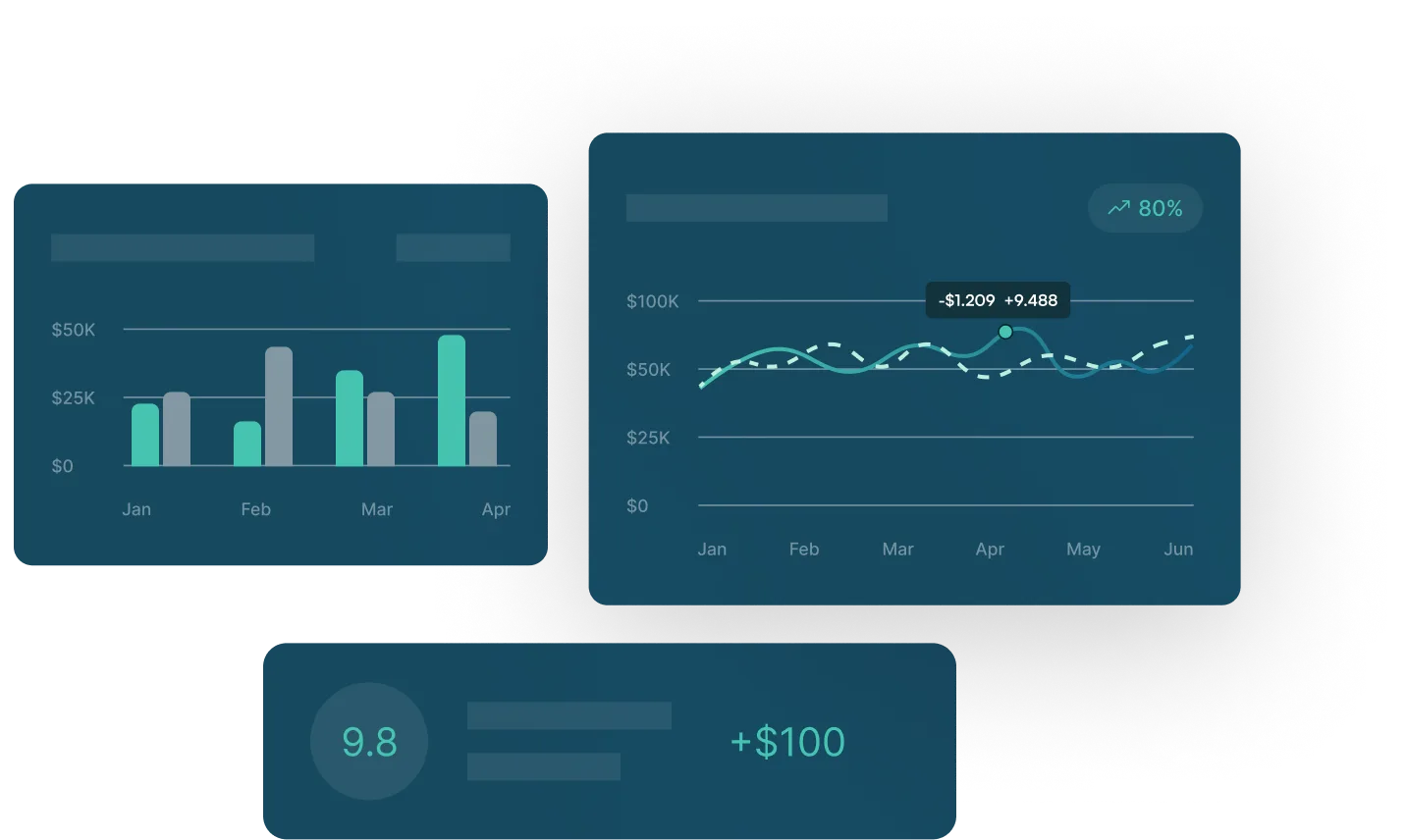Payments Trends in European Markets


Europe is going through economic stagnation, with growth expected to reach only 0.8% in 2024, according to Shaan Raithatha, Vanguard Senior Economist. Challenges, including high interest rates and ongoing geopolitical tensions, make it even worse for this sluggish economic performance. The European Central Bank (ECB) has maintained high interest rates to combat persistent inflation from years of easy monetary policy alongside support from the 2020 pandemic, further strained businesses already dealing with many issues—the uncertainty of political instability and fluctuating market conditions. These factors have created a complex and often unpredictable business environment, so companies need to adapt their financial strategies, particularly in managing treasury payments, to maintain stability and competitiveness.
The Impact of Market Conditions on Treasury Payments
Europe’s economy has significant implications for treasury operations, particularly in the management of treasury payments. With the ECB keeping interest rates at 4.25%, borrowing costs have risen, putting additional pressure on corporate finances. Not to mention, approximately 25% of European corporate debt is due for refinancing in 2024, meaning many companies will face higher interest expenses at a time when accessing affordable credit is becoming increasingly difficult.
Moreover, currency fluctuations, driven by economic uncertainty and geopolitical tensions, make cross-border trade more complex. Businesses are dealing with volatile exchange rates, which mean unpredictable costs and revenue shifts. In addition, the tightening regulatory environment across Europe demands stricter compliance in treasury operations, particularly in managing cross-border payments.
Treasury Payments Trends in Response to Market Conditions
Businesses increasingly adopt innovative treasury payments strategies to build operational efficiency and lower financial risks. One of the most significant trends is the automation of treasury processes. Automation allows companies to streamline payment workflows, reducing the potential for human error and improving the speed and accuracy of transactions.
Real-time payments are another key trend gaining traction across Europe. Currently, over 60 countries worldwide offer real-time payment systems, with further expansion in Europe coming as businesses seek faster and more reliable ways to manage cross-border transactions. The ability to execute payments instantly improves cash flow management and reduces the risk of liquidity shortages.
Blockchain technology and Central Bank Digital Currencies (CBDCs) are also playing an increasingly important role in treasury payments. HSBC’s FX Everywhere platform, which utilizes blockchain, has settled over $250 billion in payments, showcasing the growing reliance on this technology for secure and efficient transactions. Additionally, digital payments have seen significant growth in Europe, with Germany and France experiencing increases of 29% and 25%, respectively, post-pandemic. These digital currencies and blockchain advancements are helping businesses create more transparent, secure, and efficient treasury systems.
By embracing these treasury payments trends, companies can mitigate the risks associated with economic volatility and capitalize on opportunities to optimize their financial operations.
Navigating Regulatory Compliance in Treasury Payments
Staying compliant with changing regulations is a complex task for treasury operations. In Europe, the adoption of the ISO 20022 standard is transforming payment messaging, requiring companies to upgrade their systems to handle richer and more structured data. This shift enhances the transparency and efficiency of payments and imposes new compliance challenges. Additionally, increased scrutiny on cross-border payments and anti-money laundering (AML) regulations demands that businesses implement more rigorous monitoring and reporting processes.
Failure to comply with these regulations can lead to significant penalties and even potentially operational disruptions. Therefore, businesses must ensure that their treasury payments strategies are efficient and fully compliant with the latest regulatory standards. GTreasury’s platform supports businesses by providing tools that help with compliance while optimizing payment processes.
Adapting Your Treasury Payments Strategy: Best Practices
In today’s economy, companies must adapt their treasury payments strategy. The first step is leveraging automation to streamline payment processes and integrate real-time data. This integration allows treasurers to make more informed decisions by providing immediate insights into cash flow and liquidity positions.
Another essential practice is improving liquidity management. Maintaining strong liquidity is important when interest rates are high and access to credit is increasingly restricted. Companies should regularly assess their liquidity needs and ensure they have sufficient cash reserves to cover short-term obligations. This involves optimizing working capital, monitoring cash flows closely, and diversifying funding sources.
Embracing real-time payments is also vital for adapting to the current environment. By adopting systems that allow for instantaneous transactions, businesses can enhance cash flow management and reduce the time it takes to settle cross-border payments – particularly beneficial in managing currency fluctuations.
By incorporating these best practices into their treasury payments strategy, businesses can better position themselves to weather economic challenges and seize opportunities as they arise. Monitoring market conditions and adjusting strategies quickly will help treasury operations remain agile.
GTreasury’s Role in Supporting Modern Treasury Payments
GTreasury can play a huge role in helping businesses adapt to the evolving sector of treasury payments. With a focus on automation and real-time payment systems, GTreasury provides tools that enhance efficiency, reduce errors, and improve decision-making through real-time data integration. The platform also offers solutions for integrating advanced technologies like blockchain, for more secure and transparent transactions.
As more companies globally turn to automation and real-time payments, GTreasury’s comprehensive suite of tools positions businesses to stay ahead of the curve. By leveraging GTreasury’s offerings, companies can ensure their treasury operations are resilient and optimized for long-term success.
Future Outlook
Adapting to the latest treasury payments trends is necessary for businesses aiming to remain competitive. Companies can enhance their financial resilience and operational efficiency by embracing automation, real-time payments, and advanced technologies. To explore how GTreasury can support your treasury payments strategy, visit their website or contact their expert team.
Payments Trends in European Markets
Europe is going through economic stagnation, with growth expected to reach only 0.8% in 2024, according to Shaan Raithatha, Vanguard Senior Economist. Challenges, including high interest rates and ongoing geopolitical tensions, make it even worse for this sluggish economic performance. The European Central Bank (ECB) has maintained high interest rates to combat persistent inflation from years of easy monetary policy alongside support from the 2020 pandemic, further strained businesses already dealing with many issues—the uncertainty of political instability and fluctuating market conditions. These factors have created a complex and often unpredictable business environment, so companies need to adapt their financial strategies, particularly in managing treasury payments, to maintain stability and competitiveness.
The Impact of Market Conditions on Treasury Payments
Europe’s economy has significant implications for treasury operations, particularly in the management of treasury payments. With the ECB keeping interest rates at 4.25%, borrowing costs have risen, putting additional pressure on corporate finances. Not to mention, approximately 25% of European corporate debt is due for refinancing in 2024, meaning many companies will face higher interest expenses at a time when accessing affordable credit is becoming increasingly difficult.
Moreover, currency fluctuations, driven by economic uncertainty and geopolitical tensions, make cross-border trade more complex. Businesses are dealing with volatile exchange rates, which mean unpredictable costs and revenue shifts. In addition, the tightening regulatory environment across Europe demands stricter compliance in treasury operations, particularly in managing cross-border payments.
Treasury Payments Trends in Response to Market Conditions
Businesses increasingly adopt innovative treasury payments strategies to build operational efficiency and lower financial risks. One of the most significant trends is the automation of treasury processes. Automation allows companies to streamline payment workflows, reducing the potential for human error and improving the speed and accuracy of transactions.
Real-time payments are another key trend gaining traction across Europe. Currently, over 60 countries worldwide offer real-time payment systems, with further expansion in Europe coming as businesses seek faster and more reliable ways to manage cross-border transactions. The ability to execute payments instantly improves cash flow management and reduces the risk of liquidity shortages.
Blockchain technology and Central Bank Digital Currencies (CBDCs) are also playing an increasingly important role in treasury payments. HSBC’s FX Everywhere platform, which utilizes blockchain, has settled over $250 billion in payments, showcasing the growing reliance on this technology for secure and efficient transactions. Additionally, digital payments have seen significant growth in Europe, with Germany and France experiencing increases of 29% and 25%, respectively, post-pandemic. These digital currencies and blockchain advancements are helping businesses create more transparent, secure, and efficient treasury systems.
By embracing these treasury payments trends, companies can mitigate the risks associated with economic volatility and capitalize on opportunities to optimize their financial operations.
Navigating Regulatory Compliance in Treasury Payments
Staying compliant with changing regulations is a complex task for treasury operations. In Europe, the adoption of the ISO 20022 standard is transforming payment messaging, requiring companies to upgrade their systems to handle richer and more structured data. This shift enhances the transparency and efficiency of payments and imposes new compliance challenges. Additionally, increased scrutiny on cross-border payments and anti-money laundering (AML) regulations demands that businesses implement more rigorous monitoring and reporting processes.
Failure to comply with these regulations can lead to significant penalties and even potentially operational disruptions. Therefore, businesses must ensure that their treasury payments strategies are efficient and fully compliant with the latest regulatory standards. GTreasury’s platform supports businesses by providing tools that help with compliance while optimizing payment processes.
Adapting Your Treasury Payments Strategy: Best Practices
In today’s economy, companies must adapt their treasury payments strategy. The first step is leveraging automation to streamline payment processes and integrate real-time data. This integration allows treasurers to make more informed decisions by providing immediate insights into cash flow and liquidity positions.
Another essential practice is improving liquidity management. Maintaining strong liquidity is important when interest rates are high and access to credit is increasingly restricted. Companies should regularly assess their liquidity needs and ensure they have sufficient cash reserves to cover short-term obligations. This involves optimizing working capital, monitoring cash flows closely, and diversifying funding sources.
Embracing real-time payments is also vital for adapting to the current environment. By adopting systems that allow for instantaneous transactions, businesses can enhance cash flow management and reduce the time it takes to settle cross-border payments – particularly beneficial in managing currency fluctuations.
By incorporating these best practices into their treasury payments strategy, businesses can better position themselves to weather economic challenges and seize opportunities as they arise. Monitoring market conditions and adjusting strategies quickly will help treasury operations remain agile.
GTreasury’s Role in Supporting Modern Treasury Payments
GTreasury can play a huge role in helping businesses adapt to the evolving sector of treasury payments. With a focus on automation and real-time payment systems, GTreasury provides tools that enhance efficiency, reduce errors, and improve decision-making through real-time data integration. The platform also offers solutions for integrating advanced technologies like blockchain, for more secure and transparent transactions.
As more companies globally turn to automation and real-time payments, GTreasury’s comprehensive suite of tools positions businesses to stay ahead of the curve. By leveraging GTreasury’s offerings, companies can ensure their treasury operations are resilient and optimized for long-term success.
Future Outlook
Adapting to the latest treasury payments trends is necessary for businesses aiming to remain competitive. Companies can enhance their financial resilience and operational efficiency by embracing automation, real-time payments, and advanced technologies. To explore how GTreasury can support your treasury payments strategy, visit their website or contact their expert team.

See GTreasury in Action
Get connected with supportive experts, comprehensive solutions, and untapped possibility today.



































.png)
.png)












